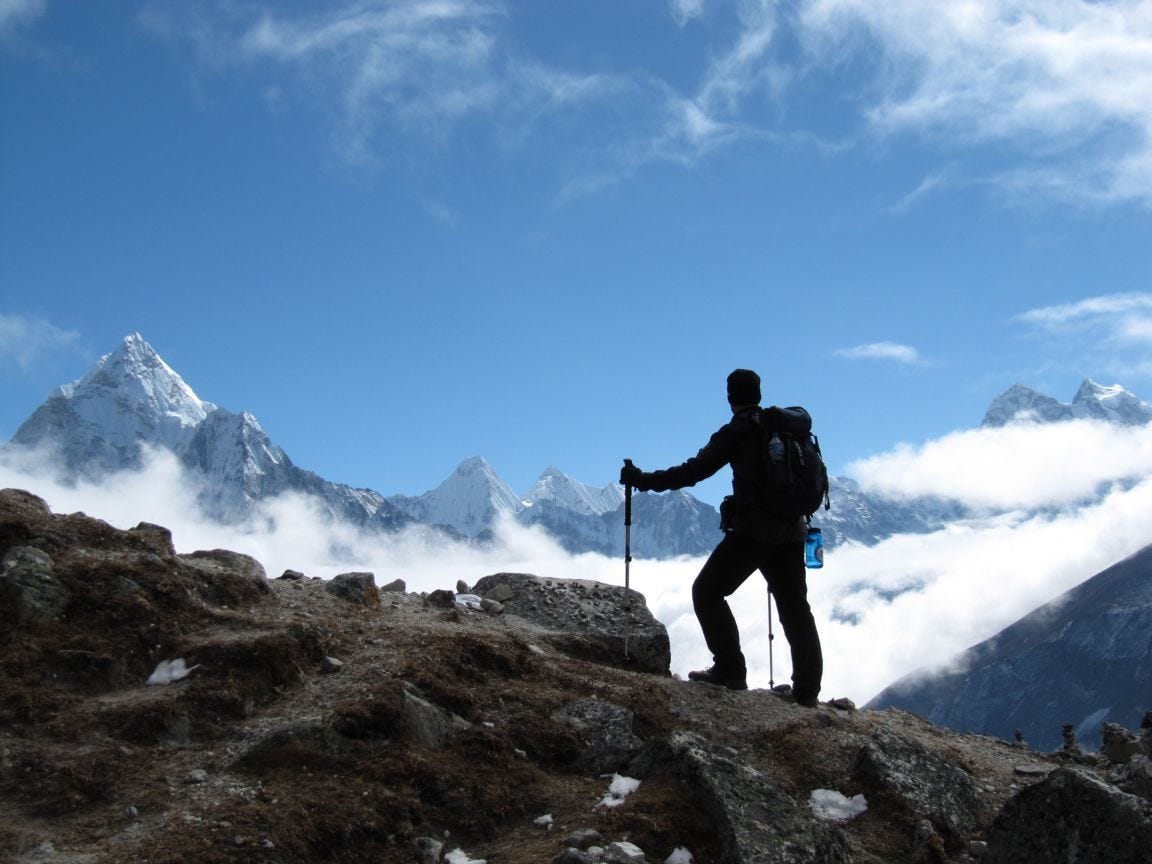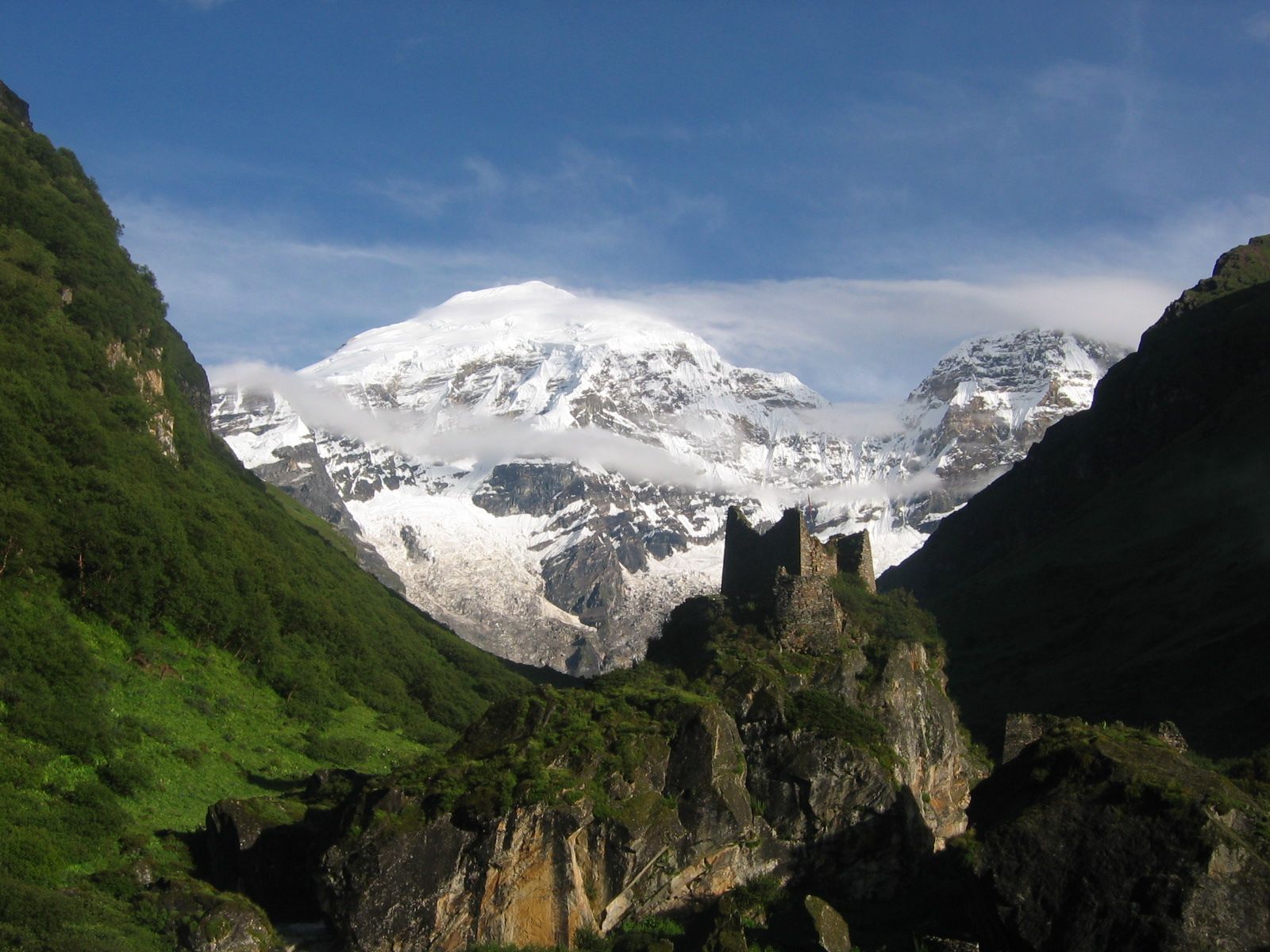For those embarking on a trekking adventure, it’s essential to understand the physical demands of the journey. You’ll be trekking for five to six hours daily, navigating mountainous paths that can be quite steep, with elevations often exceeding 10,000 feet. Exercising at high altitudes adds extra strain to the body, with common symptoms such as shortness of breath, headaches, and difficulty sleeping at night. These issues are typically not felt at lower elevations but are amplified at high altitudes due to the reduced oxygen levels.

To ensure you are well-prepared, you should be in top physical shape, with strong cardiovascular endurance, muscular strength, and excellent balance. A training regimen is highly recommended, including regular aerobic exercises like jogging, cycling, swimming, or hiking on inclined surfaces. Start your training months before the trek, gradually increasing the intensity, especially with activities like hiking or running to match the specific nature of the trek. Always consult with your healthcare provider before committing to such an intense physical challenge, and if you have any doubts about your readiness, we can suggest alternative routes that better suit your capabilities.
High Altitude Considerations
If you’ve previously trekked at altitudes of around 10,000 feet, you may find that going higher is a natural progression, albeit with a few additional challenges. You might experience slower movements, more frequent rests, and mild symptoms such as restlessness at night and occasional headaches. However, if you’ve had a history of altitude sickness, such as nausea or severe discomfort, trekking in Bhutan may pose significant challenges for you.
We structure our treks to help participants acclimatize to higher altitudes progressively, ensuring the first part of the trek focuses on building up altitude tolerance. It’s important to note that even with acclimatization, there is no guarantee your body will adapt perfectly. In the event that symptoms of acute mountain sickness, such as High Altitude Pulmonary Edema (HAPE), appear, your trek leader will make the final call to descend to a lower altitude for your safety and comfort. These decisions are made with your wellbeing in mind.
Trekking Facilities and Comforts

During your trek, we aim to make your experience as comfortable as possible, despite the rugged environment. We provide tents for your stay, along with a hot water bowl to refresh yourself each morning and afternoon. A washcloth or sponge can make for a satisfying sponge bath right inside your tent. There will also be a designated toilet tent to ensure privacy and comfort during your trek.
When it comes to food, you’ll be well-fed with nutritious and satisfying meals prepared hygienically by our experienced camp staff. Snacks and hot beverages will be available in the dining tent in the afternoons, while lunch will be served on the trail. Our trekking staff will prepare a warm, simple meal when you reach your designated lunch spot. Boiled water will be provided for your water bottles every evening, ensuring you stay hydrated throughout your journey.
Essential Trekking Gear

To ensure you’re fully equipped for the trek, here’s a list of essential gear that will help you stay comfortable and safe during your journey:
– Lightweight Trekking Pants/Tracksuits/Shorts: Comfortable for long days of walking.
– Fleece or Down Jacket/Waterproof Jacket: To keep you warm during chilly evenings or rainy days.
– Warm Hat and Neck Warmer: Essential for keeping your head and neck protected from the cold.
– Gloves and Mittens: Waterproof and insulated gloves are crucial for keeping your hands warm and dry.
– Trekking Boots and Poles: High-quality boots will provide support on uneven terrain, while trekking poles help with stability and reduce strain on your knees.
– Camp Shoes: Comfortable shoes for use at camp, giving your feet a break after long hikes.
– Multiple Pairs of Socks: Keeping your feet dry and comfortable is essential during long treks.
– Daywear T-shirts: Lightweight shirts that will keep you comfortable while trekking.
– Sunglasses with UV Protection: To shield your eyes from the strong sun at high altitudes.
– Sunscreen and Lip Balm: To protect your skin and lips from the harsh sunlight.
– Lightweight Towel: Handy for drying off after washing or when needed during the trek.
– Sleeping Bag: Ensure you bring a high-quality sleeping bag suited to the colder mountain temperatures.
Preparing with the right equipment and physical conditioning ensures that your trek through Bhutan will be both enjoyable and memorable.

